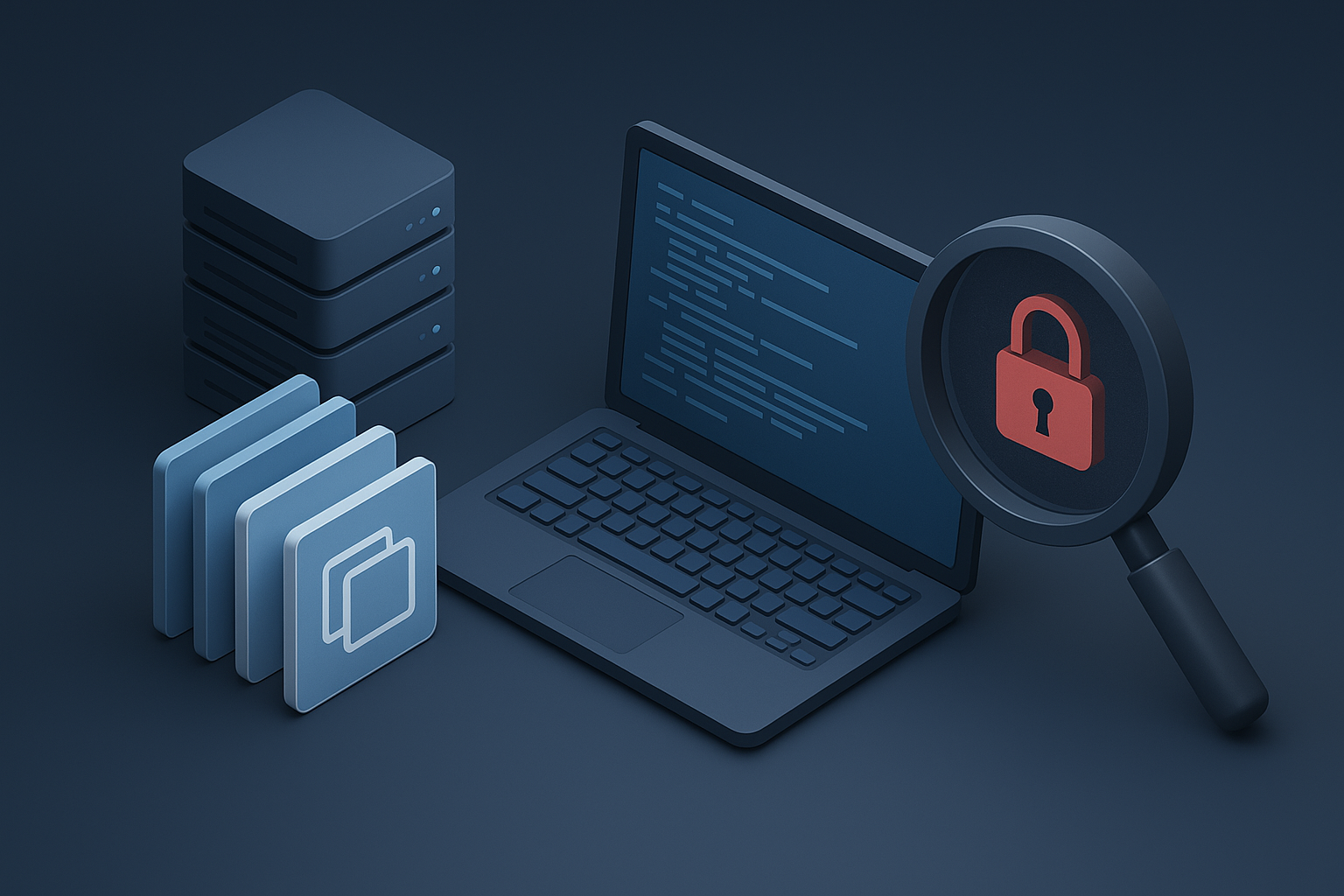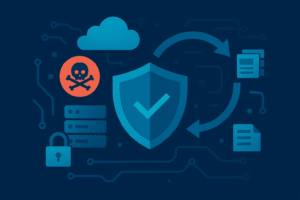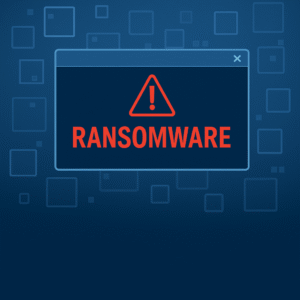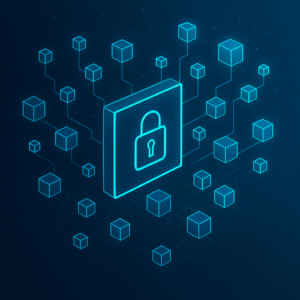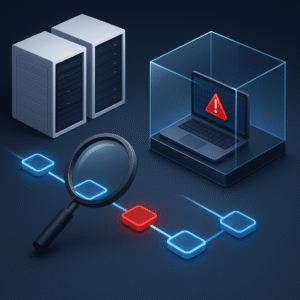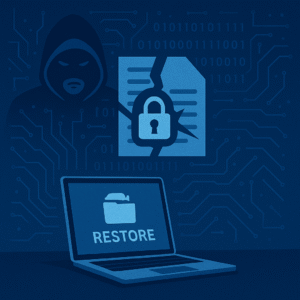Redefining Incident Response at the Storage Layer.
In modern enterprise environments, where every system is connected and vulnerable, the ability to conduct rapid, reliable forensic investigations has become a critical component of cyber resilience.
While many cybersecurity solutions focus on real-time threat detection and rapid containment, the crucial phase of deep post-incident forensics often relies on inconsistent data sources that may already be compromised.
A new paradigm is emerging: leveraging isolated snapshots for full forensic analysis, executed within controlled sandbox environments. CyberSnap positions this concept at the core of its storage security solution, redefining how organizations approach recovery, investigation, and historical threat identification.
The Untapped Potential of Snapshots in Digital Forensics
Traditionally, snapshots have been regarded as a disaster recovery mechanism – static points-in-time that help organizations roll back systems following failure or corruption. However, each snapshot is effectively a time capsule of the entire system state, including files, configurations, user activities, and potential threats – whether known or dormant.
This makes snapshots an invaluable asset for post-breach investigation, provided they can be accessed and analyzed without interfering with production systems or contaminating the data.
The Pitfalls of Live-System Forensics
Performing forensic analysis on active systems poses several challenges:
-
- Risk of data tampering or contamination: Live analysis can inadvertently alter or delete critical evidence.
-
- Operational risk: Forensic tools may interfere with business operations, increase system load, or cause unintended downtime.
-
- Legal admissibility issues: Courts may question the reliability of evidence collected from systems that continued to operate during analysis.
To overcome these limitations, organizations need a method to conduct forensic analysis on isolated, tamper-proof system images.
CyberSnap: Forensic-Grade Analysis at the Storage Layer
CyberSnap enables enterprises to extract and analyze snapshots within fully isolated sandbox environments, providing a safe and consistent foundation for forensic investigation.
Isolated Snapshot Sandbox:
-
- Instantly clones selected snapshots
-
- Spins them up in secure, air-gapped environments with no access to production systems
-
- Allows full-system inspection and malware behavior analysis without business impact
Multi-Layered Analysis:
-
- File-level scanning with custom YARA rules for known malware patterns and encryption indicators
-
- Incremental comparisons between snapshots to detect suspicious file changes
-
- Behavioral heuristics to identify ransomware markers, anomalies in file extensions, and suspicious text (e.g., ransom notes)
SnapMap Forensic Visualization:
-
- Graphical heatmaps showing compromised snapshots, clean ones, and metadata relationships
-
- VM-level threat attribution for pinpoint investigation
-
- Historical threat timeline reconstruction for root cause analysis
Real-World Use Cases
1. Suspicion of Dormant Malware in a Production System
Security teams observe unusual outbound traffic but no active threat detected.
Using CyberSnap, analysts spin up an isolated snapshot from 48 hours prior.
Within the sandbox, file behavior monitoring reveals an encoded PowerShell script linked to a known C2 infrastructure.
2. Post-Ransomware Attack with Uncertain Recovery Point
After a ransomware outbreak, the organization is unsure which snapshot is safe.
CyberSnap’s SnapMap highlights the last clean snapshot across affected VMs, preventing reactivation of embedded payloads.
3. Deep-Dive Root Cause Analysis for Threat Intelligence
A zero-day exploit was identified in the environment.
Analysts use historical snapshots to trace the entry vector, track lateral movement, and reconstruct the full attack chain without contaminating live systems.
Why Storage-Layer Forensics Is the Future
As cyberattacks grow in sophistication, traditional incident response methods must evolve.
Storage-layer forensics offers unique advantages:
-
- Immutable evidence base: Snapshots provide a fixed state unaffected by post-breach activity
-
- Non-invasive analysis: Investigations do not impact production operations
-
- Precision recovery: Identifies clean, threat-free rollback points using real evidence
With CyberSnap, these advantages are not theoretical – they are operationalized.
The platform empowers CISOs, CIOs, and IT leaders to shift from reactive investigation to strategic, evidence-backed incident response.
Final Thought: From Recovery Asset to Forensic Powerhouse
For too long, snapshots have been underutilized in cybersecurity operations.
CyberSnap unlocks their true potential: not just as backup artifacts, but as high-fidelity forensic records that can drive smarter recovery, deeper investigation, and stronger security posture.
In a world where every second counts and every incident matters –
let your storage infrastructure work for you, not just store for you.
